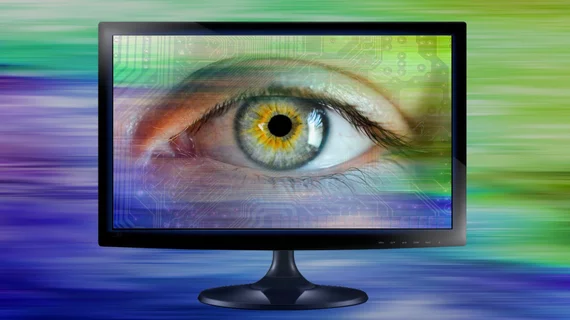Computer vision holds promise for the ICU but may face opposition from clinicians, patients, families
A survey of ICU doctors and nurses at Mayo Clinic reveals widespread concern over lawsuits connected to the proposed use of video recording and video recognition with computer vision.
Some 81% of 233 responding clinicians named this as the top source of skepticism toward the burgeoning technology.
The researchers also queried 50 patients and family members. Here they found a majority, 59%, have misgivings related to privacy.
The study posted online Feb. 24 in Applied Clinical Informatics, which is published by the American Medical Informatics Association.
Anesthesiologist and critical-care specialist Vitaly Herasevich, MD, PhD, and colleagues included not only physicians but also advance practice providers and RNs in the survey’s clinician arm. They worded questions and encouraged free-text input specifically to gauge thoughts and attitudes around having computerized video recorders running in the ICU.
Both cohorts are fine with video recording and recognition (VRR) technology as long as it’s confined to certain circumstances and doesn’t reduce nursing care or record sensitive goings-on.
Additionally, 70% of clinicians like the concept of VRR for its potential to improve patient safety.
Slightly more than half would find its use acceptable if it were to make smart diagnostic suggestions and offer sound clinical decision support.
As for other barriers to acceptance, lack of trust in AI and its potential to chip away at the patient-clinician rapport were evident in both cohorts’ responses.
Among the study’s other key findings: 14% of the clinicians are fretting over AI’s potential to take their jobs—and almost 30% are wary about losing professional skills after coming to depend on AI.
“Video recording and video recognition with computer vision have become widely used in many aspects of modern life,” the authors comment. “Hospitals have employed [the] technology for security purposes, however, despite the growing number of studies showing the feasibility of [VRR] software for physiologic monitoring or detection of patient movement, its use in the intensive care unit in real time is sparse and the perception of this novel technology is unknown.”

